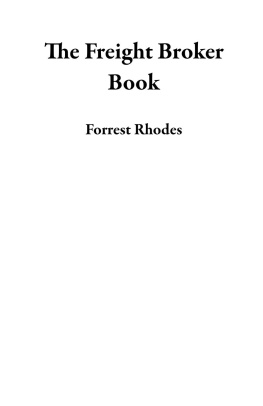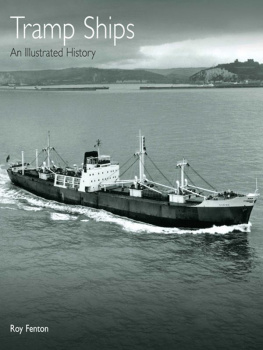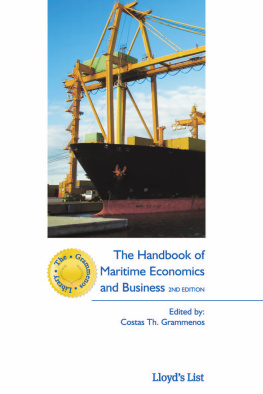Since writing the first edition of this book, major changes have occurred to the industry, in particular in relation to security and the structure of the liner industry.
Security measures have been introduced gradually since the terrorist attacks on New York in September 2001; these measures were introduced firstly in the USA itself and then elsewhere around the world. This edition includes details of the International Code for the Security of Ships and Port Facilities, aimed at ships and shipping companies, port authorities and port facilities, and the role of governments. New requirements for cargoes, introduced in the USA, are also explained.
The liner industry has undergone structural changes, with more and more groupings of companies. There have also been changes to the way it is regulated in Europe; at the time of writing, the European Commission is in the throes of removing the block exemption from competition rules hitherto afforded to liner conferences. The different groupings, and the types of trade in which they are engaged, are explained.
The work of the many industry organisations evolves, and changes have been reflected in new sections for a number of these.
A number of new abbreviations and acronyms have sprung up reflecting these changes, and these have been incorporated.
Peter Brodie
February 2006
This book fills a need for a handbook which gives concise explanations of the many activities which comprise shipping. It is essentially a guide for the practitioner and student of both liner and tramp shipping. It explains the terms and how they inter-relate. The many areas covered include:
documents used in international transport, for example the bill oflading and the charter-party what they contain, the different types and examples of each;
generic types of ships, cargoes, containers and ports;
the many organisations whose members contribute to international transport and the aims and objectives of those organisations;
the many surcharges found especially in liner shipping;
chartering terms, an explanation of each and their context;
clauses appearing in bills of lading, in voyage and time charters;
technical elements of shipping as they relate to the commercial operation of ships, for example tides and draughts;
examples of principal documents.
The book is divided into concise entries, each one dealing with an individual topic, for which there is an alphabetical Table of Contents. In addition, there is an alphabetical index of over 1,250 terms, showing the entries in which they can be found, and list of over 200 abbreviations, showing the term in full and the entry or entries in which the abbreviation is explained.
Peter Brodie
I wish to acknowledge the contributions made by the following organisations and their agreement to reproduce documents:
Association of Ship Brokers and Agents (USA) Inc.
Baltic Exchange
Baltic and International Maritime Council
British International Freight Association
British Shippers Council
Bureau Veritas
Chamber of Shipping
CLECAT
European Sea Ports Organisation (ESPO)
European Shippers Council
Federation of European Maritime Associations of Surveyors and Consultants
Federal Maritime Commission
Hydrographic Office











